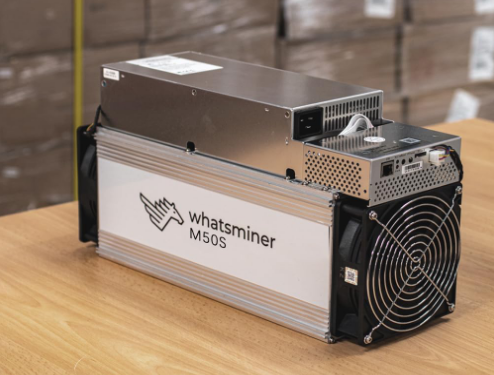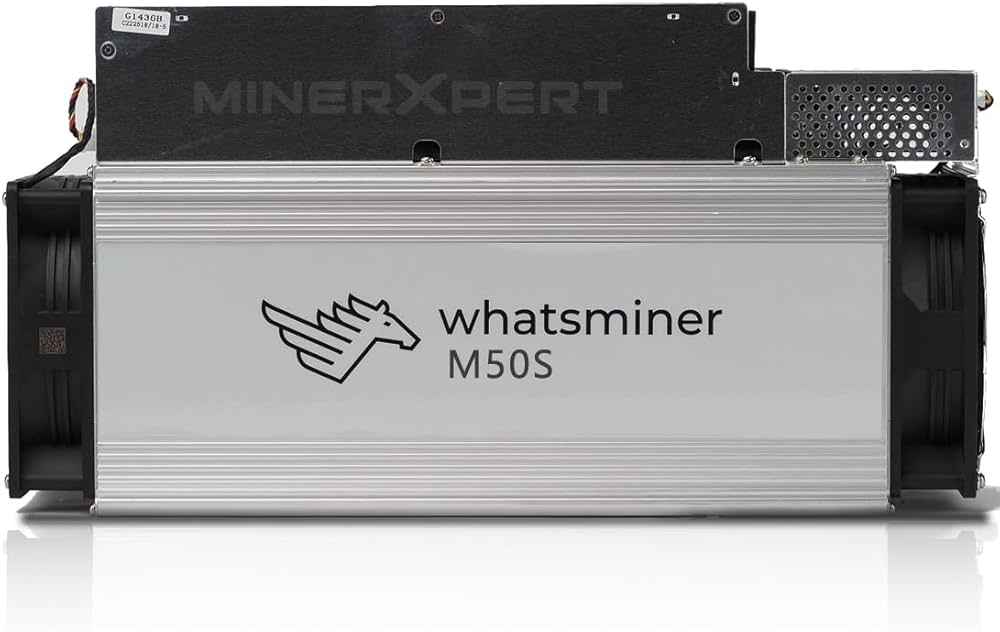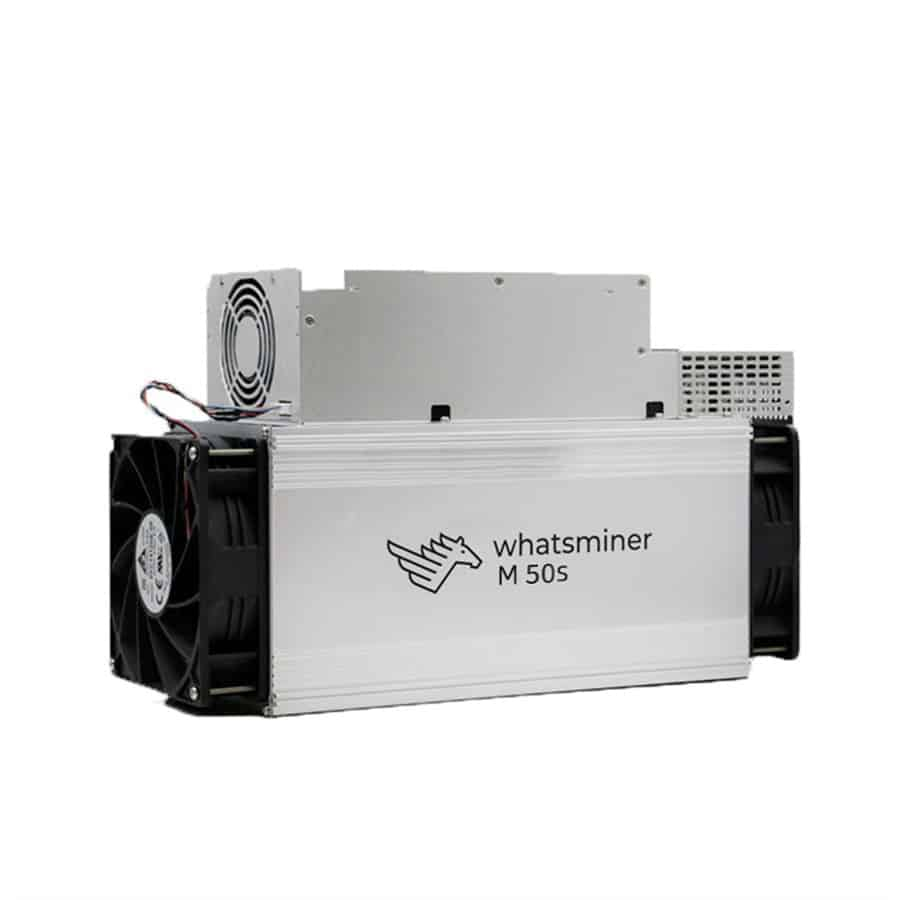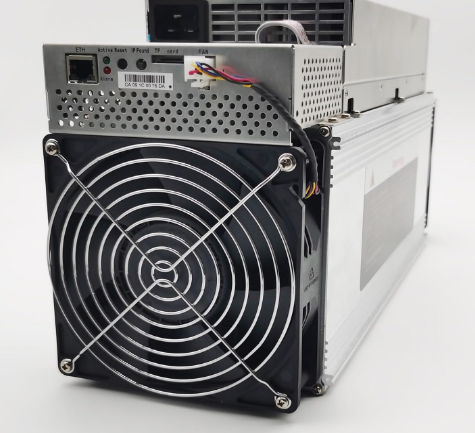BGA Chip Replacement Technology and Equipment Selection
Here’s a comprehensive technical article on BGA Chip Replacement Technology and Equipment Selection:
The intricate world of mining hardware maintenance demands precision, technical expertise, and advanced diagnostic capabilities, particularly when addressing Ball Grid Array (BGA) chip replacements. As cryptocurrency mining hardware becomes increasingly complex, understanding sophisticated repair technologies has transformed from a specialized skill to an essential operational requirement.
Modern BGA chip replacement represents a critical intersection of thermal engineering, materials science, and precision electronics repair. The fundamental challenge lies in removing and reinstalling delicate semiconductor packages without compromising their intricate internal structures or thermal performance characteristics.
Thermal Rework Station Technologies: Precision Engineering

Infrared and hot-air rework stations emerge as primary technological solutions for BGA chip removal and replacement. Each methodology offers distinct advantages contingent upon specific hardware configurations and chip architectures. Infrared technologies provide uniform heat distribution, enabling controlled thermal profiles that minimize potential thermal stress on surrounding electronic components.
Hot-air rework stations, conversely, offer more targeted heating capabilities, allowing technicians to modulate airflow and temperature with remarkable granularity. The critical parameter involves precisely matching solder alloy melting points—typically ranging between 183°C to 217°C depending on specific tin-lead or lead-free compositions. Sophisticated stations incorporate real-time temperature monitoring systems, ensuring consistent thermal performance within ±2°C tolerance margins.
X-Ray Inspection: Non-Destructive Diagnostic Precision
Advanced X-ray inspection technologies have revolutionized BGA chip replacement diagnostics. These systems provide comprehensive visual mapping of solder ball integrity, revealing microscopic structural anomalies imperceptible through conventional visual examination. Industry standards indicate that void rates exceeding 15% necessitate complete reballing procedures.
Contemporary X-ray inspection equipment utilizes high-resolution digital imaging with magnification capabilities ranging from 20x to 200x, enabling technicians to assess solder ball collapse, alignment, and potential micro-fractures. Cutting-edge systems integrate artificial intelligence algorithms to automatically detect and categorize potential defect patterns, dramatically reducing human error probabilities.
Nitrogen Protection: Oxidation Mitigation Strategy
Nitrogen-assisted soldering environments represent a sophisticated approach to enhancing repair yield and long-term component reliability. By creating an inert atmosphere during the soldering process, nitrogen protection dramatically reduces oxidation risks, preserving solder joint metallurgical integrity.
Field research demonstrates that nitrogen-protected reballing processes consistently achieve yield rates approaching 98%, compared to approximately 85% in standard atmospheric conditions. The protective environment minimizes thermal degradation and prevents potential contamination, critical factors in maintaining mining hardware performance and longevity.

Reballing Methodologies: Precision Reconditioning
Successful BGA chip reballing requires meticulous preparation and execution. The process involves comprehensive surface preparation, precise solder ball placement, and controlled thermal profile management. Specialized reballing stations incorporate automated alignment systems, ensuring micron-level accuracy during ball placement.
Professional-grade reballing equipment integrates multiple technological components: precision dispensing mechanisms, temperature-controlled platforms, and automated inspection systems. These integrated solutions enable repeatable, high-reliability chip reconditioning processes essential for maintaining mining hardware operational efficiency.

Strategic Equipment Selection Considerations
When selecting BGA rework equipment, mining operations must evaluate multiple interconnected factors. Key selection criteria include thermal stability, positioning accuracy, inspection capabilities, and overall system flexibility. Top-tier solutions typically incorporate:

- Digital temperature control systems with ±1°C precision
- Automated alignment mechanisms
- Comprehensive X-ray inspection integration
- Nitrogen protection capabilities
- Adaptable mounting configurations
Future Technological Trajectory
Emerging trends suggest continued technological convergence, with artificial intelligence and machine learning increasingly embedded within diagnostic and repair systems. Predictive maintenance algorithms, combined with advanced thermal imaging technologies, will likely revolutionize hardware maintenance strategies in cryptocurrency mining ecosystems.
As mining hardware becomes more sophisticated, the intersection of precision engineering, materials science, and diagnostic technologies will continue to define operational excellence. Mastering BGA chip replacement represents not merely a technical skill, but a strategic capability fundamental to sustaining high-performance cryptocurrency mining infrastructure.